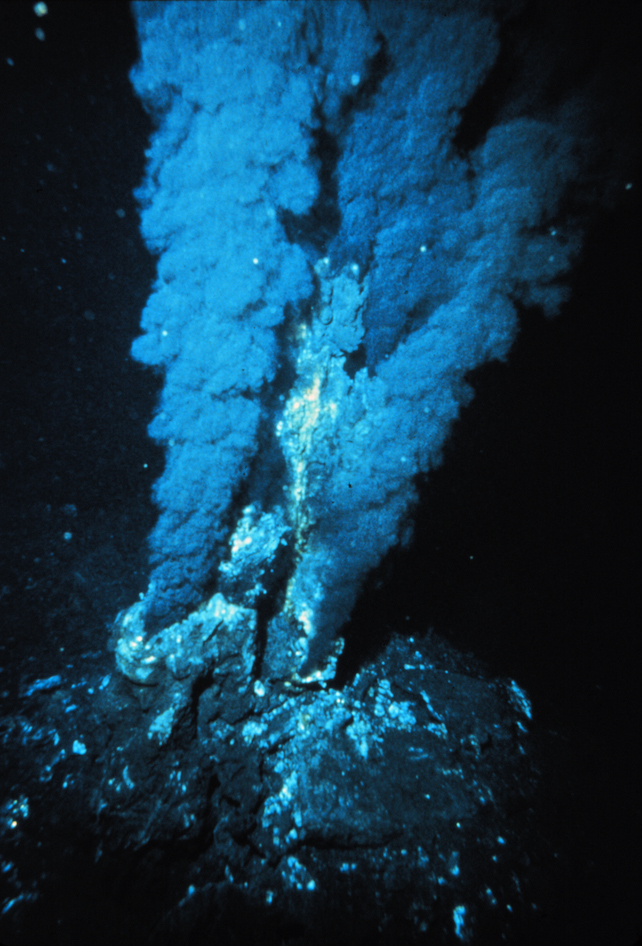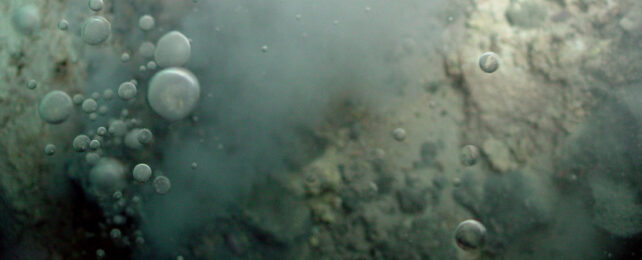We still don't know how life on Earth began some point more than 3.5 billion years ago, but a new study supports the idea that vital components of our earliest ancestors emerged from reactions involving ancient hydrothermal vents.
One of the most obvious features of a cell is the fatty membrane that demarcates a boundary, concentrating the biochemistry within and separating it from the chaos without.
By mixing hydrogen, bicarbonate, and iron-rich magnetite in simulated ancient seawater, a team of researchers from Newcastle University in the UK found they could form an array of organic molecules – including a group of long-chain fatty acids.
These long-chain fatty acids are "strong candidates" to have formed the planet's earliest cell membranes, the researchers write, but their own origins remain shrouded in mystery.
"Central to life's inception are cellular compartments, crucial for isolating internal chemistry from the external environment," says lead author Graham Purvis, a postdoctoral research associate at Durham University.
"These compartments were instrumental in fostering life-sustaining reactions by concentrating chemicals and facilitating energy production," he adds, "potentially serving as the cornerstone of life's earliest moments."
Hydrothermal vents are widely seen as a likely setting for those earliest moments, given their crucial combination of heat and chemical ingredients necessary for abiogenesis.

The researchers re-created key chemical traits of Earth's primeval seas in a lab, along with hot alkaline water meant to mimic the outflow from certain types of hydrothermal vents.
They blended these hydrogen-rich fluids with CO2-rich seawater in the presence of magnetite, an iron-rich mineral that would have been available on the Earth at the time.
Measuring up to 18 carbon atoms in length, the resulting fatty acids have separate regions with either hydrophilic (water-attracting) or hydrophobic (water-repelling) properties, giving them the consequential ability to naturally form organic 'pockets' in aquatic environments.
Once conditions around ancient hydrothermal vents produced the fatty acids required to form cell membranes, those membranes could have been caught up in the broader biochemical saga that eventually graced Earth with life, the authors explain.
Although we still have few details about how that ancient drama unfolded, research like this can go a long way in helping the puzzle pieces come together.
The emergence of cell membranes was a monumental event in Earth's history, and despite many lingering questions, this offers a compelling re-enactment of how it could have happened.
"We think that this research may provide the first step in how life originated on our planet," says Jon Telling, a biochemist at Newcastle University.
"Research in our laboratory now continues on determining the second key step," he adds, and shedding more light on "the first potential 'protocells' that went on to form the first cellular life."
Aside from the implications for understanding life on our own planet, the researchers note similar membrane-forming reactions could still be taking place in some extraterrestrial oceans, such as those of icy moons like Europa and Enceladus.
The study was published in Communications Earth & Environment.
